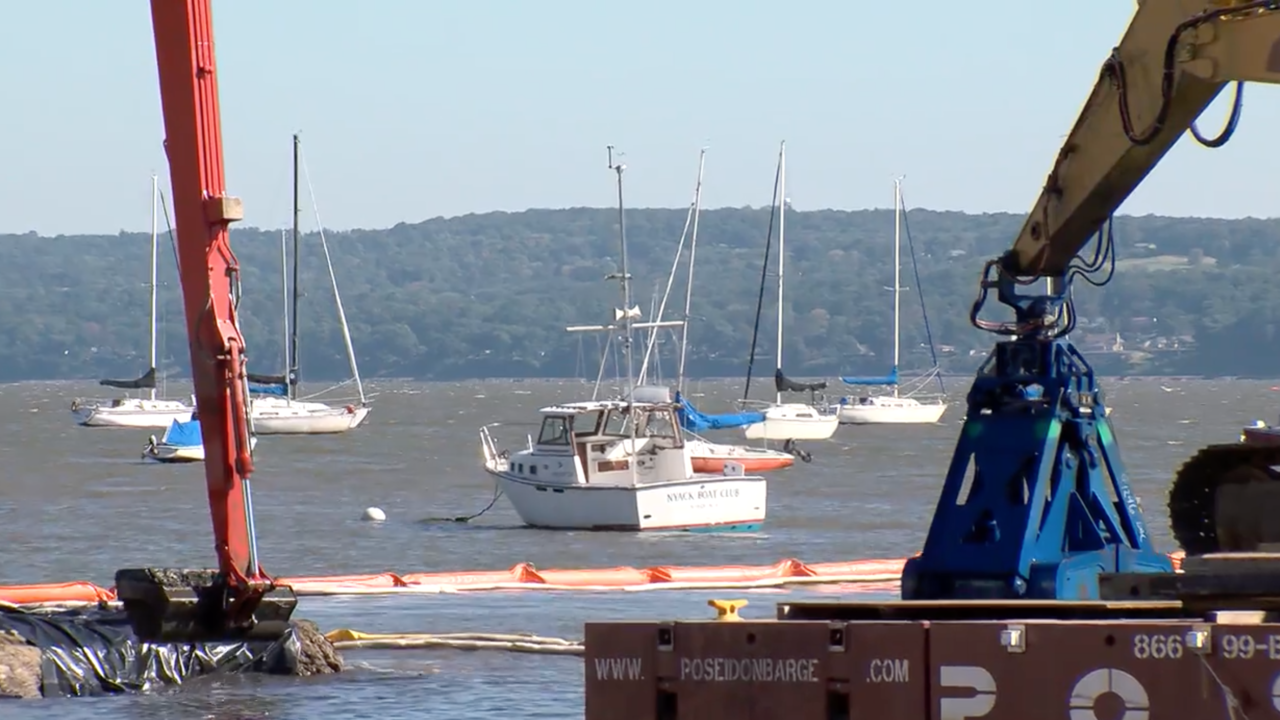
Managing Waste
Consolidated Edison Company of New York, Inc. (CECONY) and Orange & Rockland Utilities, Inc. (O&R) continue to minimize waste by emphasizing an end-of-life mindset during job planning that considers minimizing future waste streams during each phase of work, including project and process design, purchasing, transportation, use and waste disposal. This is an integral part of our process to meet waste reduction goals.
Solid Waste
The solid waste recycling programs at CECONY and O&R are supported by corporate policies aimed at reducing the amount of non- hazardous waste that we produce. The vast majority of our solid waste streams, including retired fleet vehicles, forklifts, tool carts, old cables, streetlights, reflectors, meters, and paper products, are recycled or auctioned. We require source separation of a variety of waste streams, including cable, paper, wood, plastic and certain metals.
The majority of the Utility’s excavated soil from street excavation is recycled through our approved Treatment, Storage and Disposal Facilities. The excavated material is tested to ensure that it meets state requirements and then reused as backfill and underlayment within our service territory. This helps to keep excavated material out of our landfills.
Hazardous Waste
In any given year, emergency work impacts the volume of hazardous waste we encounter at Con Edison, making it difficult to set annual hazardous waste reduction goals. Over the past 25 years, we’ve drastically reduced the volume of hazardous waste generated through our lead waste stabilization process. In 1998, the New York State Department of Environmental Conservation approved CECONY’s request to develop a process that stabilizes lead waste that would otherwise be considered hazardous, resulting in a greatly reduced volume disposed as a non-hazardous solid waste. The process was first implemented in the early 2000s and we regularly confirm the efficacy of our lead waste stabilization through sampling. In 2022, our processes reduced our hazardous waste stream by more than 32,794 tons.
We continue to utilize our Chemical Lab to characterize potentially hazardous waste and identify the presence of any contamination requiring special treatment, such as Polychlorinated biphenyl (PCB) contamination and contamination regulated by the federal Resource Conservation and Recovery Act. This characterization process reduces the potential for misclassification of wastes and any associated costs.
Radioactive Waste
At CECONY and O&R, we recognize that the management and disposal of radioactive waste is an important issue. While we do not routinely generate radioactive waste, we do have procedures in place that provide guidelines for its management and disposal so that we are prepared should we encounter this type of waste. We maintain a Radiation Safety Officer as well as Radioactive Waste Material subject matter expert on staff to address management and disposal matters.
Emerging Waste Streams
CECONY and O&R are working with regulators and industry leaders to plan for emerging waste streams associated with renewable technologies such as solar panels, electric vehicle batteries, and wind turbines.
Additionally, CECONY and O&R continue to monitor regulatory developments on the classification of used aerosol cans and solar panels as universal waste, and for the handling of waste containing per-and polyfluoroalkyl substances (more commonly referred to as PFAS).
Reducing Wastes
Similar to our hazardous waste stream tracking system, we are developing a non-hazardous waste tracking system to increase visibility and governance around all of our waste streams. This system will assist us in our tracking and reporting as well as future target setting.
CECONY’s engineering design for the Vinegar Hill Substation (pictured below) recently reduced solid waste/construction debris through the repurposing of the former Hudson Avenue Tank Farm wall as the substation security wall. Innovative solutions such as this reduce demolition costs and reduce truck traffic and pollution in our service territory.

E-Waste
CECONY and O&R’s Information Technology department performs ongoing activities to recycle its unused computers, electronic media, and electronic equipment (e-waste) through environmentally friendly methods. In 2022, we recycled over 80 thousand pounds of e-waste. All e-waste disposals are rigorously tracked with multiple audit checkpoints to ensure all personnel are following defined standards that were developed in partnership with our Environmental Health & Safety and IT departments. We are exploring opportunities to donate salvageable computing equipment to organizations in need of technology.
We recently initiated a Print Fleet Optimization program. This project has reduced the number of overall printers by over 60%, which will lead to less paper consumption. We have also shifted our focus from medium- and high-capacity multi-functional devices (MFDs) to low-capacity MFDs, leading to a reduction in toner usage. All printers that were retired as part of this initiative were recycled through our e-waste recycling program.

